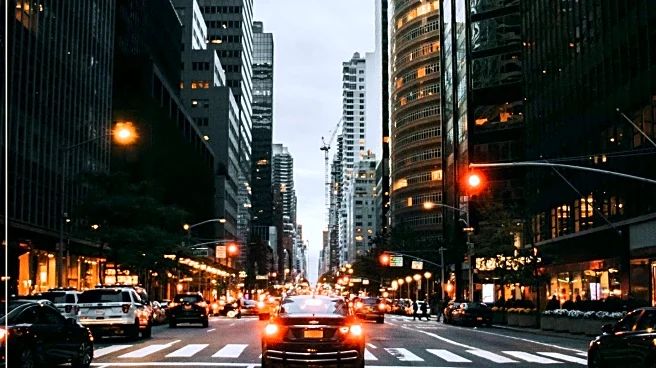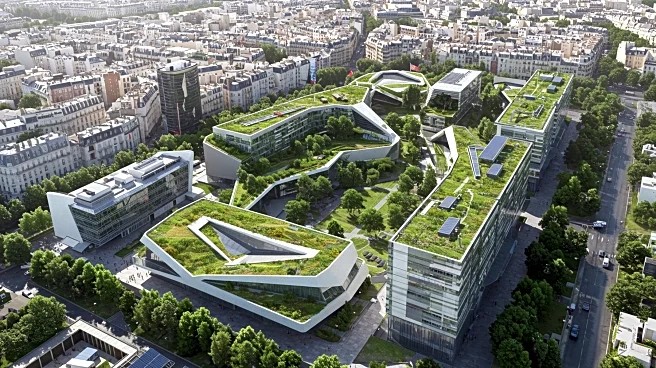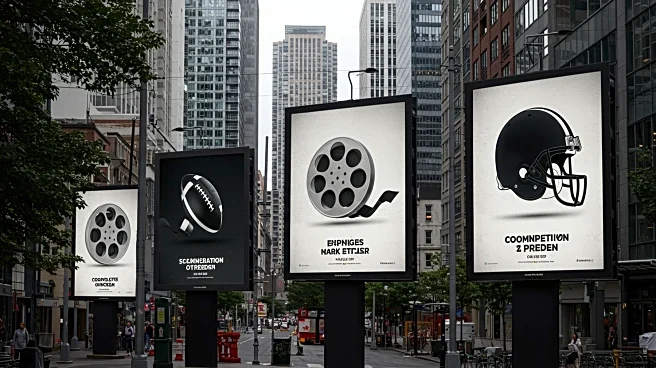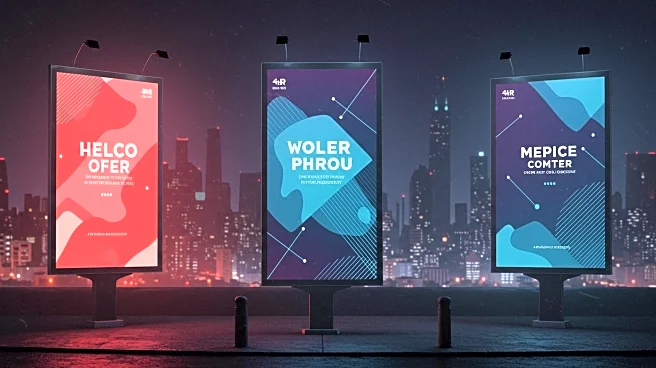What is the story about?
What's Happening?
Cities across the globe are increasingly adopting car-free streets to prioritize pedestrian access and enhance urban living. San Francisco's Mission Rock neighborhood exemplifies this trend, transforming former parking lots into a vibrant waterfront district with pedestrian plazas and green spaces. This initiative is part of a collaboration involving the San Francisco Giants, the Port of San Francisco, and other partners. Similar efforts are seen in Vilnius, Lithuania, which has been named European Green Capital for 2025 due to its eco-friendly public transportation system and extensive bike lanes. Philadelphia, known for its walkability, is expanding its trail network and bike share program. Paris is pedestrianizing 500 streets, while Dubai plans a vast network of walkways. These developments reflect a global shift towards reducing emissions and improving quality of life in urban areas.
Why It's Important?
The move towards car-free streets is significant as it addresses environmental concerns and enhances urban quality of life. By reducing vehicle emissions, cities contribute to global efforts to combat climate change. These initiatives also promote healthier lifestyles by encouraging walking and cycling. Economically, car-free zones can boost local businesses by increasing foot traffic and creating attractive spaces for dining and shopping. Socially, these areas foster community interaction and accessibility, making cities more inclusive. As urban populations grow, such strategies are crucial for sustainable development, offering a blueprint for future city planning.
What's Next?
Cities are expected to continue expanding car-free zones, with plans for new pedestrian routes and public transportation enhancements. San Francisco's Mission Rock will further develop its green spaces and communal areas. Vilnius will add new electric bus routes by 2028, while Philadelphia will increase its bike share stations. Paris will implement its 'garden roads' project, and Dubai will advance its pedestrian network. These initiatives may inspire other cities to adopt similar measures, potentially leading to widespread urban transformation. Stakeholders, including city planners and environmental groups, will likely monitor these developments closely.
Beyond the Headlines
The shift towards car-free streets may have deeper implications for urban culture and lifestyle. It challenges traditional notions of city design, emphasizing human-centric spaces over vehicle dominance. This could lead to a reevaluation of urban priorities, focusing on sustainability and community well-being. Legal and policy frameworks may evolve to support these changes, influencing future urban planning and development standards. Additionally, the success of these initiatives could drive innovation in public transportation and green infrastructure, setting new benchmarks for city living.
AI Generated Content
Do you find this article useful?














